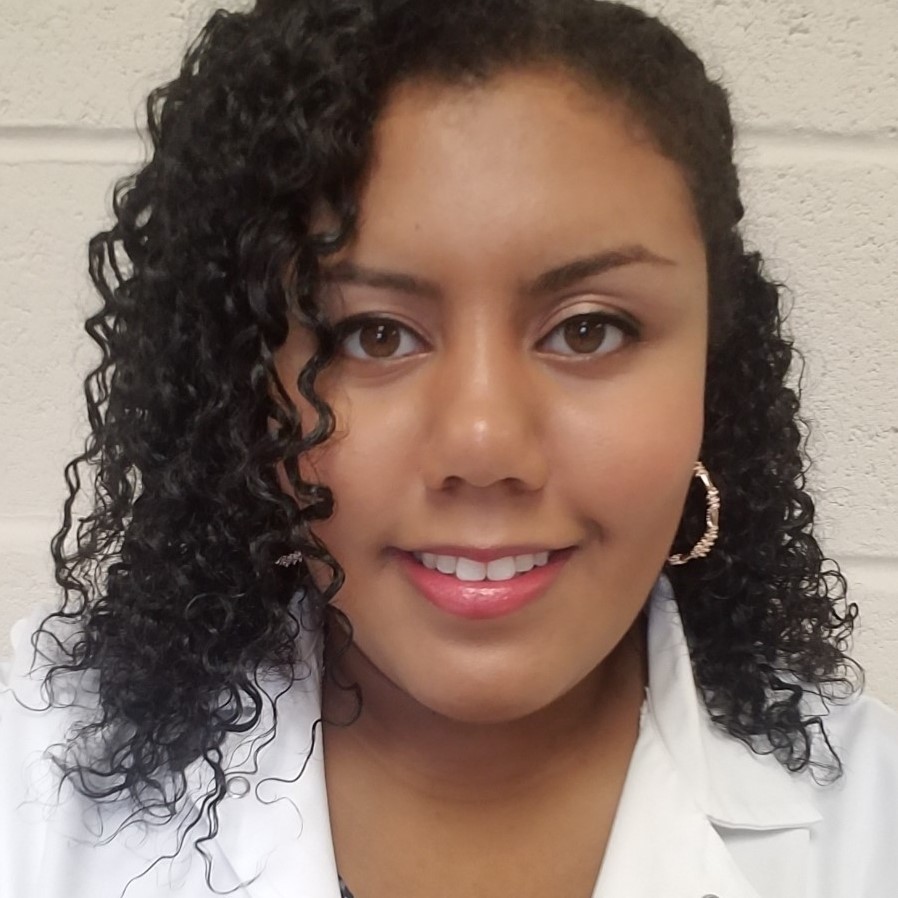
Joel Tyson
Area of Doctoral Study: Chemical Engineering
Undergraduate Institute: UMBC
Research Advisor: Jennie Leach, Ph.D.
Description of Research
My current work is in applying low-cost, multimodal analytics, similar to those used in biopharmaceutical process development, to lab-on-a-chip cell culture models. I am particularly interested in applying microfluidics-driven analytics to investigations of cellular mechanisms of ischemic stroke using brain organoids. In addition, I am working to develop a noninvasive transdermal blood-gas sensor, using the same fundamental sensing methods, that would be continuously wearable. The continuous monitoring of carbon dioxide in adults has application in monitoring opioid overdose, asthma, and COPD. In premature neonates, a balance of oxygen and carbon dioxide is crucial for proper brain development.

Zach Sheffield
Area of Doctoral Study: Chemical Engineering
Undergraduate Institute: University of Delaware
Research Advisor: Govind Rao, Ph.D.
Description of Research
My research revolves around the development of a point-of-care platform for the multiplex, FRET-based detection of stress biomarkers using flurophore-antibody-carbon dot conjugates as the FRET probes.

Kelsey Gray
Area of Doctoral Study: Chemical Engineering
Undergraduate Institute: Columbia University
Research Advisor: Mark Marten, Ph.D.
Description of Research
I utilize genetic approaches to optimize the material properties of mycelial materials and characterize them.

Jada Damond
Area of Doctoral Study: Environmental Engineering
Undergraduate Institute: University of Maryland, Baltimore County
Research Advisor: Upal Ghosh, Ph.D.
Description of Research
My research is focused on developing an equilibrium-based polymeric passive sampling device for the measurement of methylmercury in aquatic systems. Mercury is a legacy pollutant that has been released into the environment from anthropogenic activity. In aquatic environments, mercury is transformed into methylmercury, which will biomagnify within the aquatic food chain and subsequently put those who consume contaminated fish at risk for neurotoxic, and adverse reproductive and cardiovascular health effects. Accurate measurement of methylmercury is crucial for understanding its fate and transport in the environment; however, quantifying its bioavailability in the environment is difficult given its transformative nature. Within the further development of this novel passive sampling device, my goal is to pinpoint a method to estimate methylmercury concentrations in surface waters and sediment pore waters while using this device to understand how methylmercury moves within the environment. Furthermore, I plan to research its interaction with activated carbon for its potential use as a remedial tool.

Mariella Anderson
Area of Doctoral Study: Chemical, Biochemical, and Environmental Engineering
Undergraduate Institute: Washington State University
Research Advisor: Ozgur Capraz, Ph.D.
Description of Research
Diesel soot is a harmful pollutant linked to health issues like respiratory problems and cancer. My research aims to capture and store it, reducing its presence in the atmosphere. With potential as an electrode material in batteries, repurposing diesel soot offers an opportunity to convert a hazardous waste into a renewable energy source.

Maya Haywood
Area of Doctoral Study: Chemical, Biochemical, and Environmental Engineering
Undergraduate Institute: Pennsylvania State University
Research Advisor: Rotating
Description of Research coming soon!